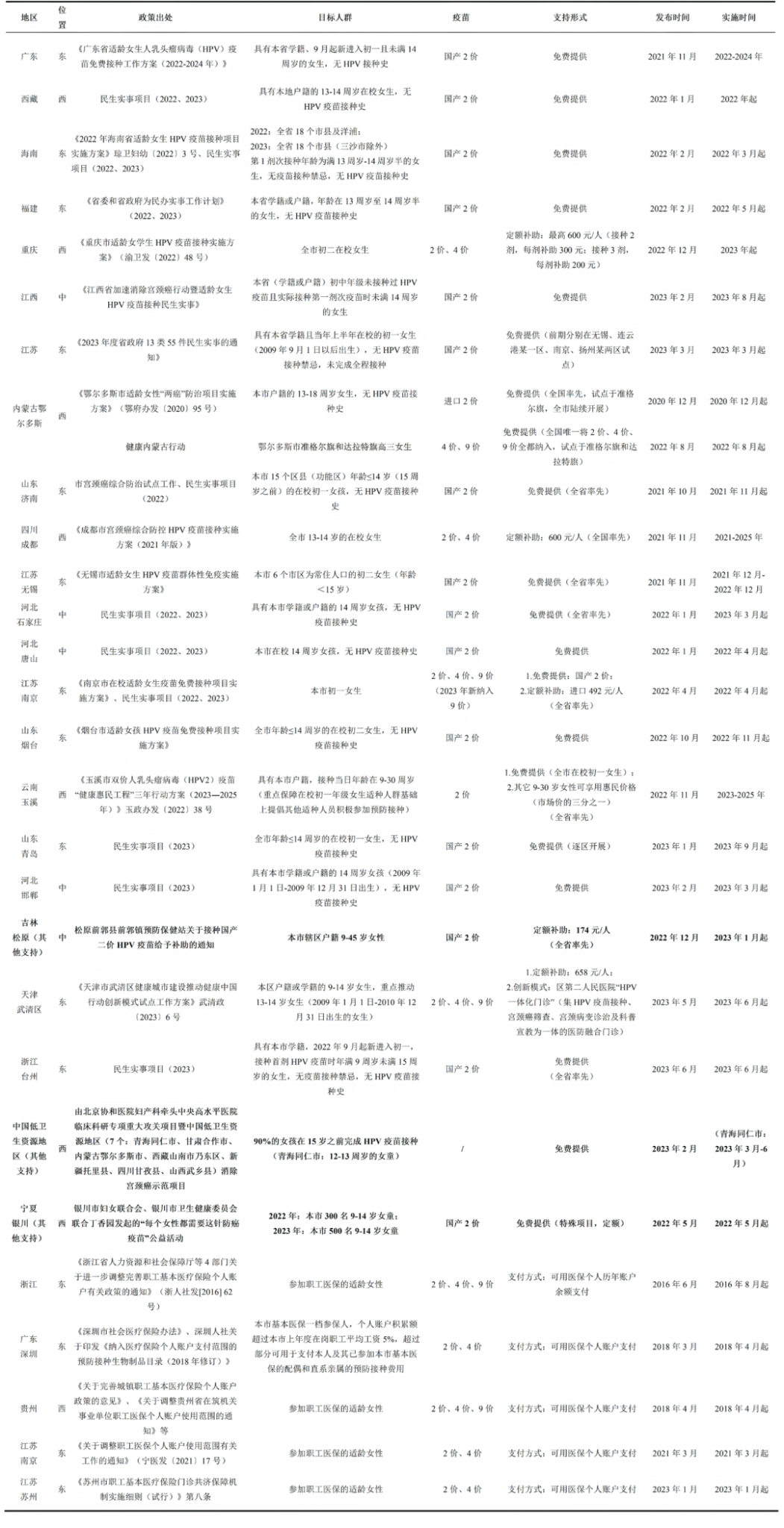Journal Article Recommendation
01
Government Livelihood Project -Free Influenza Vaccination for the Older Population in China: the example of Zhejiang Province
This article, published in Frontiers in Public Health, systematically evaluated the organizational and managerial model as well as practical outcomes of China’s first provincial-level public welfare program offering free influenza vaccination to older adults, based on administrative records and interview data from Haiyan County, Jiaxing City, Zhejiang Province, from 2019 to 2023.
The study showed that since 2020, Zhejiang Province has incorporated free influenza vaccination for individuals aged ≥70 years into its provincial-level livelihood project (with certain regions extending eligibility to individuals aged ≥60 years). As of 2024, the program had achieved full coverage across all districts and counties in the province, benefiting a cumulative total of 1.9 million older adults, with a vaccination satisfaction rate exceeding 99%.
As one of the first pilot areas, Haiyan County launched the program in 2019 and adopted a three-tier grid-based organizational mobilization model of “government-led — health department coordination — township (subdistrict) —village (community) — village team leaders,” achieving progressive expansion in target population coverage. From 2019 to 2023, the influenza vaccination coverage rate among older adults aged ≥60 years reached 61.0%, significantly higher than the provincial average of 36.4% during the same period.
The implementation of the program established the following innovative mechanisms: (1) Technical standardization system: the county-level Center for Disease Control and Prevention (CDC) developed standardized vaccination protocols and enhanced surveillance for adverse events following immunization (AEFI) and cold chain logistics management; (2) Improved service accessibility: vaccination was delivered through a combination of designated community health service centers and mobile vaccination stations, offering extended hours and weekend services; (3) Digital support: integration of the “Zheliban” government service platform and the family doctor contract system enabled appointment-based vaccination and personalized health management; (4) Health promotion and education strategies: multimedia channels reached an average of 200,000 individuals annually, significantly improving vaccine awareness and willingness to vaccinate among older adults.
The study indicated that the program effectively increased vaccination coverage among the advanced-age population, reduced barriers to vaccine access, and promoted policy equity. Its successful practices—scientific planning, interdepartmental collaboration, grassroots grid mobilization, and digital tool integration—demonstrate strong replicability. In future policy expansion, attention should be paid to financial sustainability in less-developed areas and allocation of grassroots human resources to support the institutionalization of free influenza vaccination for individuals aged ≥60 years nationwide.
https://doi.org/10.3389/fpubh.2025.1571499
02
Perceived safety, usability, and acceptability of microarray patches for vaccination among key populations: A mixed methods study
This article, published in Vaccine, employed a mixed-methods study design to evaluate the perceived safety, usability, and acceptability of microarray patches (MAPs) for vaccination among members of the general public and healthcare professionals (HCPs) aged 18 years and older in Australia, Canada, the United Kingdom, and New Zealand. The study assessed participants’ perceptions across three domains—perceived safety, usability, and acceptability—through an online survey (403 members of the general public and 184 HCPs) and semi-structured interviews (conducted only in Australia).
The results indicated that both the general public and HCPs generally considered MAPs to be a safe and effective vaccination tool. Mean scores for the domain of perceived safety and efficacy were 5.00 (95% CI: 4.85–5.14) among the general public and 4.92 (95% CI: 4.71–5.12) among HCPs. Regarding usability, the general public and HCPs reported higher scores of 5.58 (95% CI: 5.46–5.70) and 5.75 (95% CI: 5.59–5.92), respectively, reflecting broad agreement that MAPs are easy to use, accompanied by clear instructions, and suitable for self-administration. For acceptability, both groups also expressed positive attitudes, with scores of 5.49 and 5.30, respectively.
Qualitative analysis further confirmed that MAPs were perceived as highly acceptable due to their intuitive operation and ease of application, particularly for children and individuals with needle-related anxiety. Several participants recommended the addition of visual indicators of dose release to MAP design to enhance user confidence. A majority of the general public respondents indicated a preference for assistance from healthcare professionals during their first use.
The study recommends integrating MAPs into routine immunization programs, contingent upon demonstration of non-inferior immunogenicity, especially for needle-phobic individuals, pediatric populations, and vaccination settings in resource-limited regions. Future research may explore cost-effectiveness and implementation strategies to ensure equitable access.
Note: Microarray patches (MAPs) are an innovative needle-free vaccine delivery platform composed of thousands of micro-projections coated with vaccine antigen, which penetrate the stratum corneum and deliver the vaccine into skin layers rich in immune cells (e.g., the dermis).
https://doi.org/10.1016/j.vaccine.2025.127387
03
Survey of awareness of influenza and influenza vaccine, influenza incidence, influenza vaccination status, related factors in primary and secondary school teachers in a district of Beijing
This article, published in the Chinese Journal of Epidemiology, adopted a cross-sectional study design to assess the awareness of influenza and influenza vaccine, influenza infection status, vaccination behaviors, and related factors among primary and secondary school teachers in a district of Beijing. In April 2024, a stratified random sampling method was used to select 5 schools each from 51 primary schools and 40 secondary schools in the district, yielding 975 valid questionnaires.
The results showed that primary and secondary school teachers had a high level of awareness regarding perceived susceptibility to influenza (e.g., 91.38% believed there was a high risk of influenza outbreaks in schools) and perceived severity (e.g., 88.41% believed that infection would affect teaching). A total of 67.59% believed that influenza vaccination could effectively prevent influenza, but there was a lack of awareness regarding vaccine safety, with 48.00% of teachers expressing concern about adverse reactions after vaccination. During the 2023–2024 surveillance period, 41.13% of teachers reported experiencing influenza-like symptoms; among them, the proportion of sick leave and seeking medical care were both approximately 40%, and the proportion testing positive for influenza virus was 32.93%. The influenza vaccination rate during the same period was 13.95%, while the proportion expressing willingness to receive the vaccine in the 2024–2025 season was 34.46%.
Multivariate logistic regression analysis showed that serving as a homeroom teacher (aOR=1.58), recognizing the effectiveness of vaccination (aOR=1.99), and believing that teacher vaccination could increase students’ willingness to vaccinate (aOR=1.98) were positively associated with vaccine uptake, while concern about adverse reactions was a negative factor (aOR=0.52). Regarding vaccination willingness, physician recommendation (aOR=2.62) and providing free vaccination services for teachers (aOR=10.26) significantly increased willingness to vaccinate.
The study indicated that although the overall awareness of influenza and influenza vaccine among teachers was relatively high, the group exhibited a high infection rate, a low vaccination rate, and a relatively weak willingness to vaccinate. It is recommended to strengthen education on vaccine safety, enhance proactive physician recommendations, and improve financial support policies for vaccination to further strengthen school-based influenza prevention and control and increase vaccination coverage among teachers.
https://doi.org/10.3760/cma.j.cn112338-20241224-00821
04
Human papillomavirus vaccine coverage surveys in low- and middle-income countries: current efforts and future considerations for very young adolescents
This article, published in BMJ Global Health, conducts a systematic review (including 74 peer-reviewed and grey literature sources) and incorporates interviews with seven international experts to examine the current status of human papillomavirus (HPV) vaccination coverage surveys targeting very young adolescents (VYAs, aged 10–14) in low- and middle-income countries (LMICs). The study aims to construct a methodological framework suitable for resource-constrained settings.
Findings indicate that as of summer 2024, although 41 LMICs have incorporated the HPV vaccine into national or subnational immunisation programmes, only 16 countries have planned or implemented coverage surveys, among which only 6 have conducted nationally representative surveys. Furthermore, existing literature and practice reveal a substantial lack of systematic research comparing school-based versus household-based sampling, adolescent self-report versus caregiver report, and strategies to reduce recall bias. Expert recommendations highlight the need to dynamically adjust sampling frameworks according to the primary delivery channel (school/community): if vaccination is primarily school-based, school sampling and direct questioning of adolescents are advised; if community-based delivery is predominant, household or alternative sampling methods should be considered. In addition, surveys should be conducted promptly after vaccination and include prompts such as vaccine brand name and injection site to minimise recall bias. Future studies should strengthen comparative validation between adolescent self-report and caregiver report and optimize questionnaire design.
The conclusion emphasises that to comprehensively assess the effectiveness of HPV vaccine scale-up, LMICs should integrate existing multinational health survey platforms (e.g., DHS, MICS) or enhance their national immunisation information systems. A nationally representative, dynamic monitoring mechanism for vaccination coverage among VYAs should be established, with flexible sampling strategies and data sources tailored to actual vaccination delivery contexts.
https://doi.org/10.1136/bmjgh-2024-018731
05
Effectiveness and impact of nirsevimab in Chile during the first season of a national immunisation strategy against RSV (NIRSE-CL): a retrospective observational study
This article, published in The Lancet Infectious Diseases, presents the first systematic evaluation of the effectiveness and impact of nirsevimab during the 2024 respiratory syncytial virus (RSV) season in Chile, in preventing RSV-related lower respiratory tract infection (LRTI) hospitalisations and severe disease.
As the first country in the southern hemisphere to incorporate nirsevimab into its national immunisation programme, Chile implemented vaccination during the 2024 RSV season for two target populations: a seasonal newborn cohort (infants born between April 1 and September 30, 2024) and a catch-up cohort (infants born between October 1, 2023, and March 31, 2024). The study utilised historical surveillance and hospital discharge data from ten hospitals conducting routine RSV screening, and included a total of 154,173 infants identified from an integrated database comprising Chile’s three major national health registries.
Results showed that the overall effectiveness of nirsevimab against RSV-related LRTI hospitalisations was 76.41% (95% CI: 72.57–79.72), and 84.94% (95% CI: 79.47–88.95) against RSV-related intensive care unit (ICU) admissions. Additionally, its effectiveness against all-cause LRTI hospitalisations and all-cause hospitalisations was 66.50% (95% CI: 61.97–70.50) and 47.90% (95% CI: 44.35–51.21), respectively. The study also estimated that this strategy resulted in a 77.46% relative reduction in RSV-related LRTI hospitalisations, with one RSV-related LRTI hospitalisation prevented for every 35 infants immunised (number needed to treat [NNT] = 35), corresponding to approximately 30 hospitalisations averted per 1,000 infants.
The study confirms that Chile’s nationwide nirsevimab immunisation strategy significantly reduced RSV-related hospitalisation and severity in infants, providing actionable evidence and reference data for other countries to advance RSV immunisation interventions.
https://doi.org/10.1016/S1473-3099(25)00233-6
Industry Update
01
CanSinoBIO’s 13-valent Pneumococcal Conjugate Vaccine Approved for Market Launch
On June 20, the National Medical Products Administration (NMPA) announced the market approval of CanSino Biologics Inc.’s (CanSinoBIO) 13-valent pneumococcal polysaccharide conjugate vaccine (CRM197/Tetanus Toxoid). According to CanSinoBIO’s press release, this is the first pneumococcal conjugate vaccine to use both the non-toxic mutant of diphtheria toxin (CRM197) and tetanus toxoid (TT) as dual carriers. As of now, four 13-valent pneumococcal conjugate vaccines have been approved in China, developed respectively by Pfizer, Walvax Biotechnology Co., Ltd., Shenzhen Kangtai Biological Products Co., Ltd. (BioKangtai), and CanSino Biologics Inc. (CanSinoBIO).
Content Editor: Ruitong Li
Page Editor: Ruitong Li





